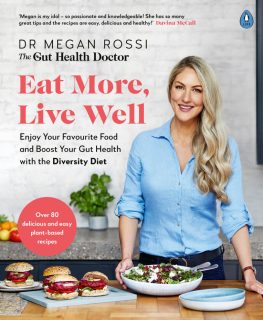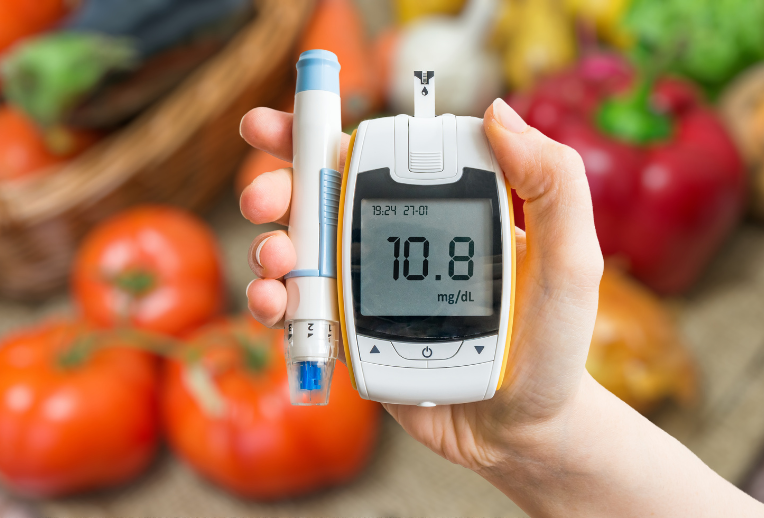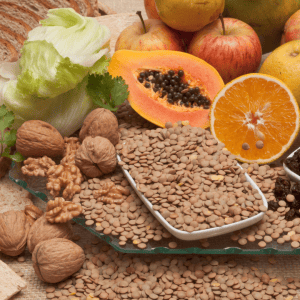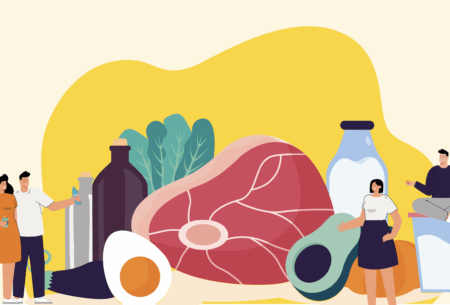What is diabetes?
Over 400 million people worldwide have been diagnosed with diabetes, with most of them having Type 2 diabetes. Type 1 diabetes is an autoimmune condition, whereas Type 2 diabetes (T2DM) is strongly linked to diet and lifestyle choices, alongside other risk factors such as age, genetics and ethnicity.
When we eat foods that contain carbohydrates, these are broken down into smaller sugar (glucose) molecules which are released into the blood. Think of the cells in our body as having a locked door, which requires a key to unlock them! Our cells need glucose for energy so glucose molecules must pass through the door, which is unlocked by the key (insulin).
If the lock is a bit rusty and not responding to the key (insulin resistance) or there are fewer keys (decreased insulin production), then glucose can’t be taken up by cells and stays in the blood, elevating our blood sugar levels. Once blood sugar levels reach a certain threshold, this is diagnosed as T2DM.















